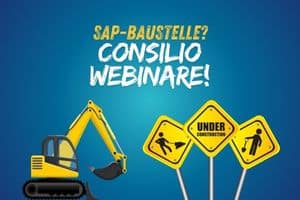Advancing digitalization confronts companies with the challenge of outdated IT landscapes that are often not suited to the demands of the modern business world. These legacy systems come with a variety of challenges, including outdated technologies, security risks, inefficient processes, a lack of scalability and high maintenance costs. Small and medium-sized enterprises (SMEs) in particular face major difficulties when it comes to bringing their legacy systems into the digital future.
Maintaining and updating outdated systems requires considerable effort and resources, which can compromise a company’s flexibility and agility. Legacy systems can block the seamless integration of new technologies and innovative processes, delaying the company’s digital transformation. In addition, outdated IT infrastructures are vulnerable to failure, which impairs efficiency and endangers the company’s competitiveness. Maintaining aging systems can result in high costs that impact the company’s financial flexibility.
In view of these challenges, the question arises: What can the roadmap for transforming these outdated IT landscapes look like?
A detailed analysis of the current status quo is the first step. This involves identifying weaknesses and assessing the future viability of the existing systems. A fundamental risk analysis helps to identify and overcome potential challenges and risks during the transformation process. Based on the evaluation and risk analysis, a clear strategy for the migration or modernization is developed. Developing a clear roadmap enables a structured transition from legacy systems to modern technologies while ensuring business continuity. Selecting technologies that meet the company’s specific requirements is crucial to the success of the transformation.
Transforming legacy systems into the future is a complex task, but one that can be successfully accomplished with the right strategy, technology selection and an experienced partner. It is time to set the course for a modern and future-proof IT landscape and take advantage of the opportunities offered by digital transformation.
One company that specializes in this area is the abat+ GmbH. As part of the abat Group with more than 300 employees at the St. Ingbert site alone, abat relies on a broad spectrum of established solutions and new fields of development to support and further develop complex system landscapes. The experts at abat carry out a comprehensive analysis, develop a customized system landscape and integrate existing systems into the new architecture. The transition plan and a 24/7 application maintenance team ensure a smooth transition and continuous support.
Innovative software solutions | abat transform
abat+ GmbH: Übersicht | LinkedIn
https://www.facebook.com/AbatGruppe





